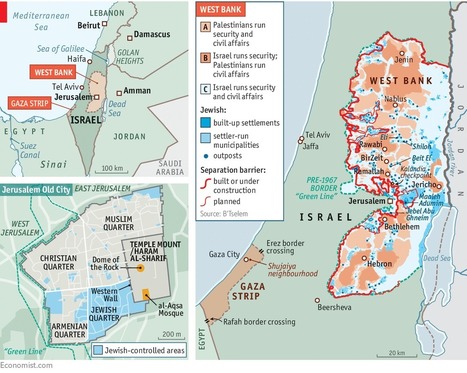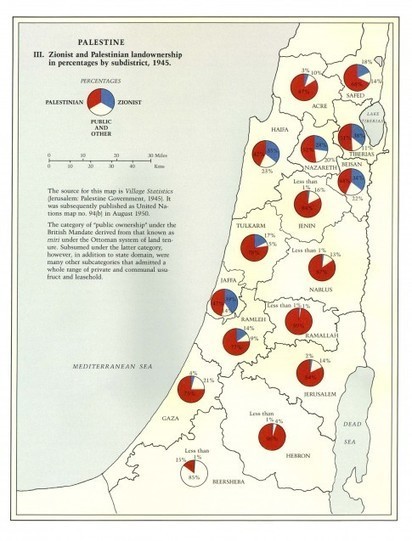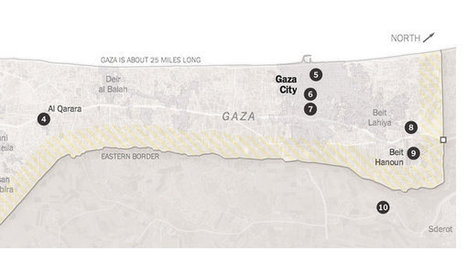THE SIX-DAY WAR increased Israel’s territory threefold. The “borders of Auschwitz” were gone; the vulnerable nine-mile narrow waist acquired a thick cuirass with the mountains of the West Bank. Israel soon annexed East Jerusalem with some surrounding land; it did the same with the Golan Heights in 1981.
Tags: Israel, Palestine, borders, political, Middle East.
Via LEONARDO WILD, Mike Busarello's Digital Storybooks



 Your new post is loading...
Your new post is loading...




















